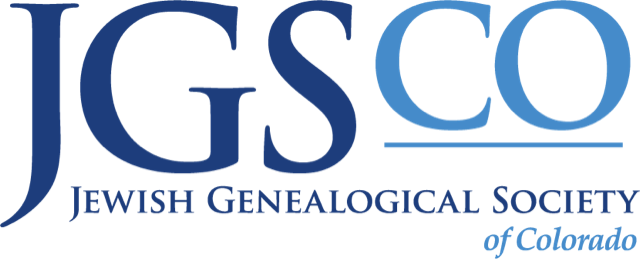What Is Y-DNA?
Y-DNA is the type of DNA found on the Y chromosome. Only men have it, and they pass it directly from father to son. Unlike most DNA, which is a mix from both parents, Y-DNA changes very little over the generations. That’s why it’s such a powerful way to trace paternal ancestry.
Why It’s Helpful in Jewish Family Research
Jewish history is full of migrations, name changes, and disruptions that make family records hard to follow. In many cases, documents were lost during wars, pogroms, or the Holocaust. Y-DNA can step in to fill the gaps, connecting modern Jewish families to their ancestors and even to distant relatives around the world.
A Cultural Connection
In Jewish tradition, religion is passed down through the mother. But surnames, tribal roles, and family identity often trace through the father. Y-DNA mirrors this cultural pattern, making it especially useful when studying Jewish genealogy.
Haplogroups: Ancient Family Clusters
Scientists use Y-DNA to group men into “haplogroups,” which are like giant family branches that go back thousands of years. Each haplogroup tells a story of migration and ancestry.
Haplogroup J: Common among Jewish men and strongly tied to the Middle East.
Haplogroup E: Found in both North African and Middle Eastern Jewish groups.
Haplogroup R: Seen among many Ashkenazi Jews, showing European connections.
These haplogroups reveal how Jewish paternal lines spread from the ancient Near East into communities across the world.
The Cohanim Tradition
One of the most fascinating examples comes from the Cohanim, Jewish men believed to descend from Aaron, brother of Moses. Many men who identify as Cohanim share a common Y-DNA signature called the “Cohen Modal Haplotype.” This finding suggests that a single paternal line has survived for more than 3,000 years.
Following the Diaspora
Y-DNA helps trace how Jewish communities spread after leaving ancient Israel:
Sephardic Jews show Y-DNA ties to Spain, Portugal, North Africa, and the Middle East.
Ashkenazi Jews trace back to the Levant, even after centuries of living in Europe.
Mizrahi Jews often carry Y-DNA markers that connect them directly to the ancient Middle East.
These results match history but also highlight how resilient Jewish identity has been through centuries of movement and change.
Helping Families Reconnect
For families who lost records, Y-DNA can help rebuild connections. A test might:
Confirm if two families with the same surname are actually related
Identify relatives who share a common ancestor within the last few hundred years
Provide proof of Jewish heritage when written records are missing
Y-DNA Testing Basics
There are two main types of Y-DNA tests:
STR tests: Look at repeating patterns on the Y chromosome and are best for finding more recent family matches.
SNP tests: Focus on tiny changes that happen over long periods of time, helping map out deep ancestral roots.
Choosing the right test depends on whether you want to answer recent family questions or explore ancient ancestry.
What Y-DNA Can’t Do
While Y-DNA is powerful, it has limits. Women can’t test their Y-DNA directly, though they can use a male relative’s test. And since it only traces the father’s line, it gives just one piece of the bigger family puzzle. That’s why many people combine Y-DNA results with other tests, like autosomal DNA, for a fuller picture.
Looking Ahead
As technology improves, Y-DNA research will get even more precise, helping us understand Jewish migrations and family lines with incredible detail. For Jewish families, this offers a chance to reclaim stories that were lost and strengthen connections across continents.
Final Thought
Y-DNA is more than just a scientific tool. It’s a living thread that connects Jewish families today with their ancestors thousands of years ago. Each test result is another step toward understanding where we come from and how our stories are tied together across generations.
Uncover where your Jewish family roots truly come from—register for the UNLOCK DEEPER INSIGHTS BEYOND OTHER DNA TESTS.

